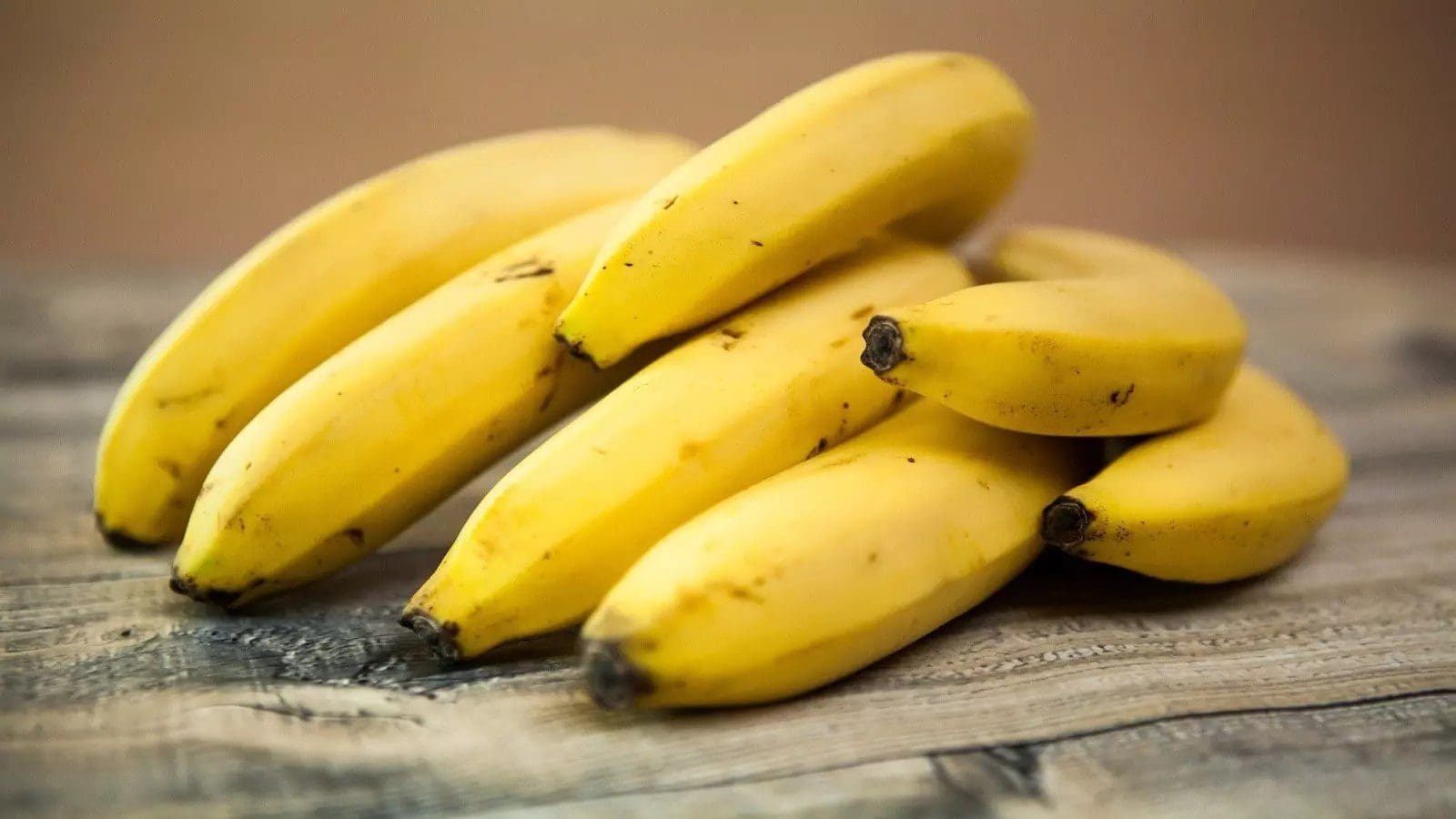CAMEROON – Cameroon exported a total of 22,604 tons on the international market in March 2022, 12% compared to the previous year’s 20,184 tons.
According to the Cameroon Banana Association (Assobacam), this is the best performance registered by the sector since the beginning of the year from the 18,394 tons attained in January and 16,525 tons in February.
This improvement in exports was driven by the good performance of Plantations du Haut Penja (PHP), the local subsidiary of Compagnie fruitière de Marseille and the leader of the banana market in Cameroon.
During the period under review, PHP exported 19,240 tons of bananas, up 2,372 tons from the 16,868 tons in March 2021.
Exports by the state-owned agro-industry CDC peaked at 1,982 tons in March 2022, a slight increase of 18 tons compared to the same period in 2021.
Meanwhile, Boh Plantations, the number 3 on the market, saw its exports increase by 30 tons from 1,352 tons in March 2021 to 1,382 tons in March 2022.
This increase in Cameroonian banana exports comes against a backdrop of rising prices for Fairtrade certified Cameroonian bananas.
However, only PHP currently enjoys this benefit as the company is the only producer of Fairtrade-certified bananas in Cameroon.
In October 2021, Fairtrade International decided to revise upwards the minimum prices charged in banana exporting countries committed to its fair-trade system.
With this new measure, banana exports have risen from €8.75 to €9.3 per standard box (18.14 kg), if the producer is himself an exporter of his merchandise (FOB price); and from €6.45 to €6.8 (ex-factory price or EXW) if the producer goes through intermediaries to export.
Banana is one of ten non-oil products Cameroon exports to the European Union the most. But the country is yet to fulfill all of its ambitions for the sector.
To boost the revenues generated by the sector, Cameroon plans to increase its yearly production to 500,000 tons by 2030, according to the projections contained in the 2020-2030 national development strategy.
With last year’s exported amount set at 198,634 tons, this means there is still a production deficit of 300,000 tons to be filled within nine years or 33,000 tons on average yearly till 2030.
Liked this article? Subscribe to Food Business Africa News, our regular email newsletters with the latest news insights from Africa and the World’s food and agro industry. SUBSCRIBE HERE











